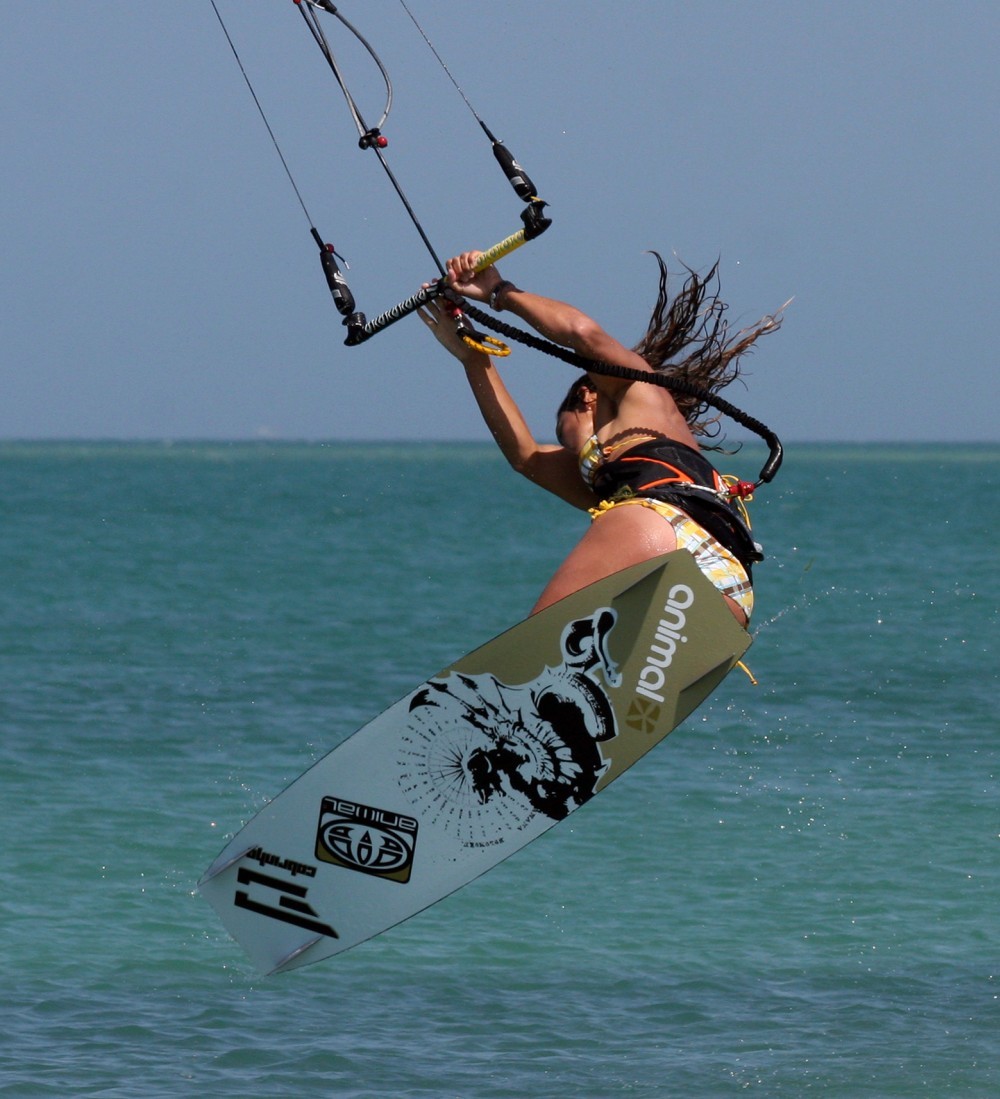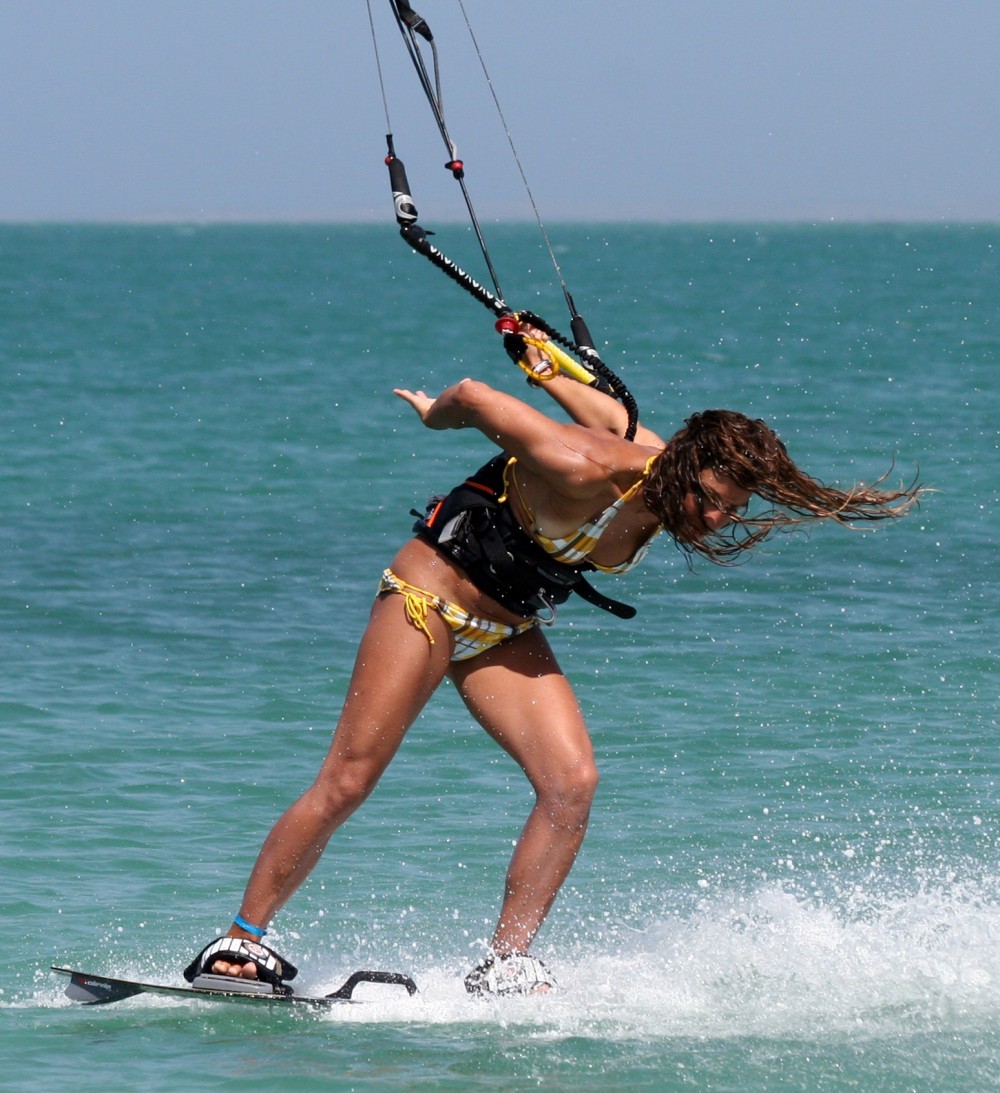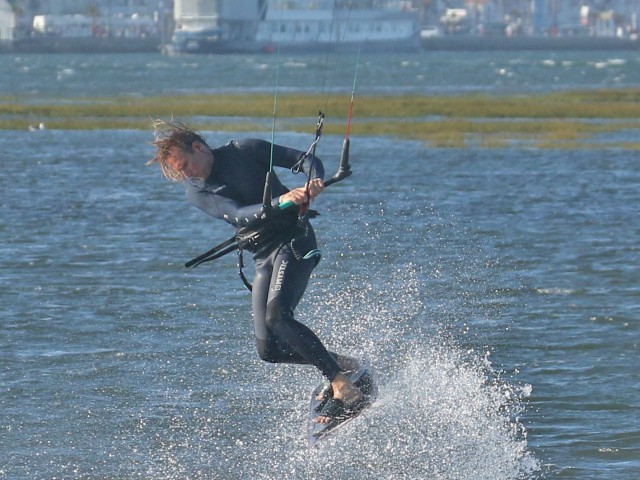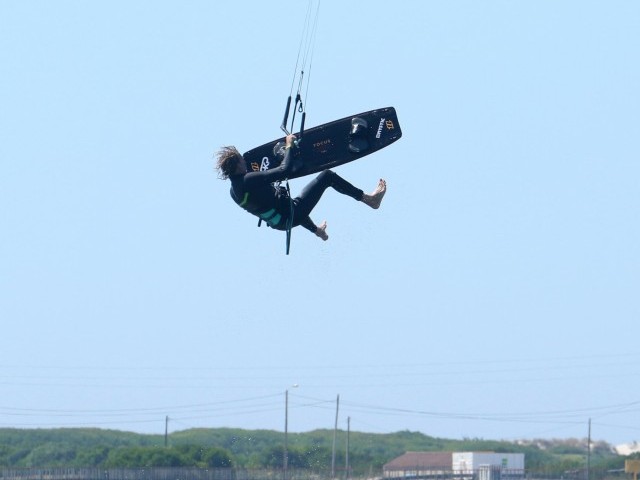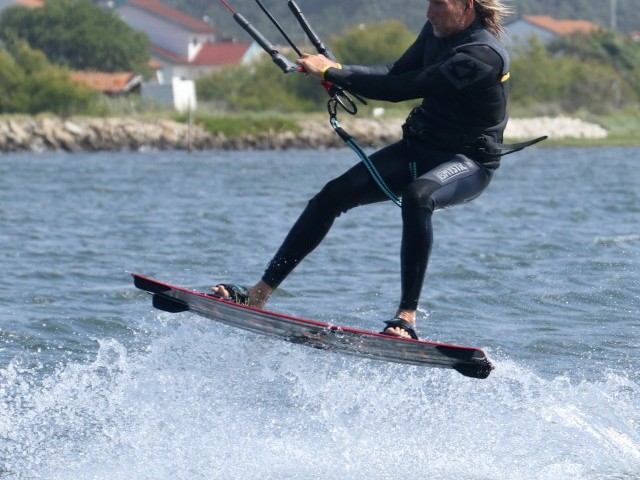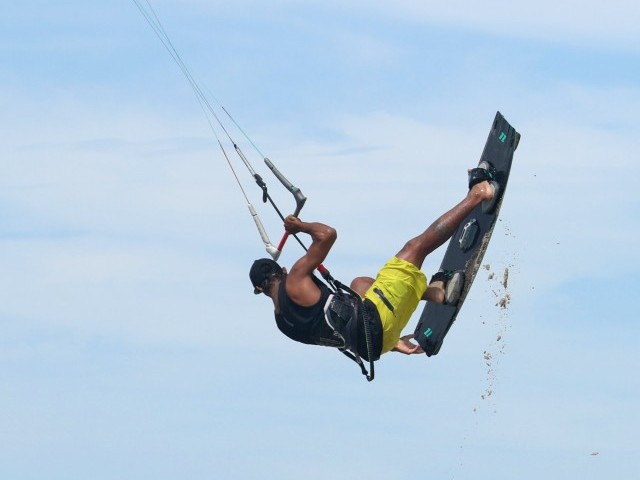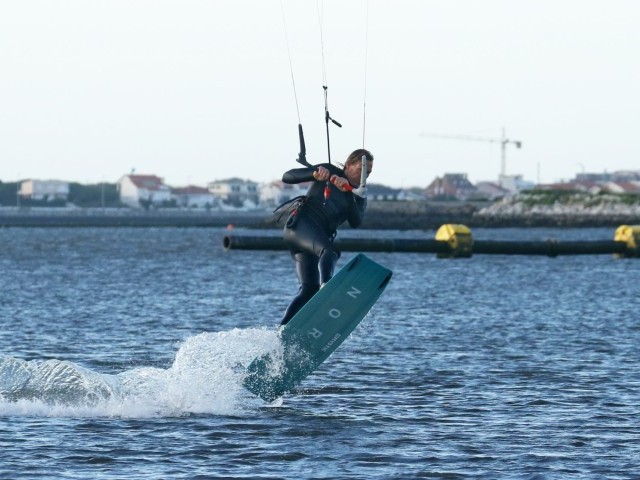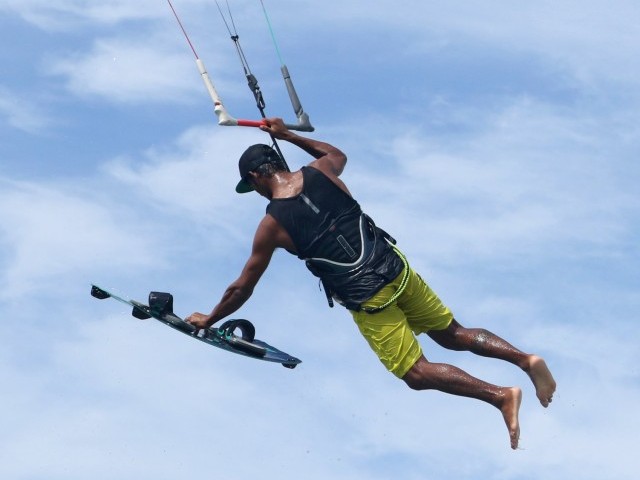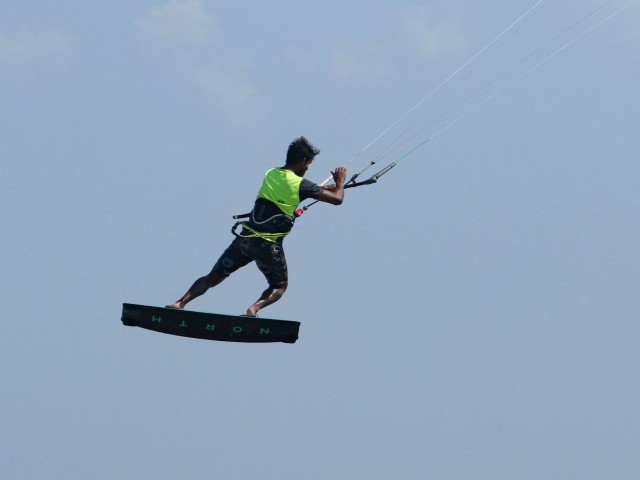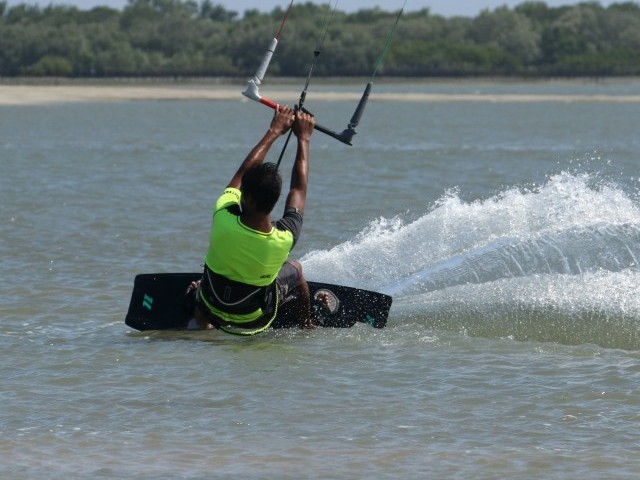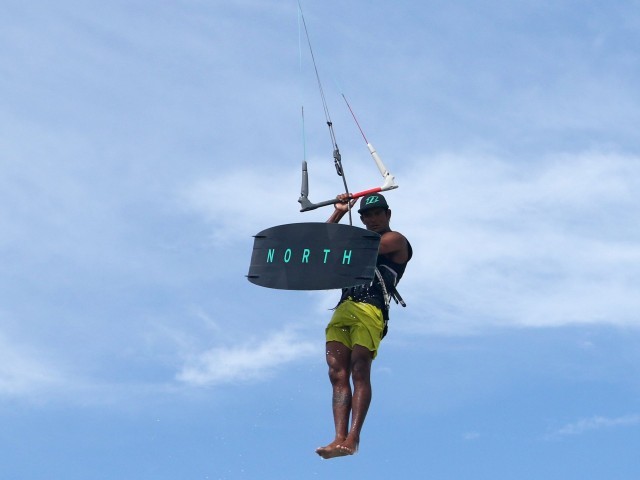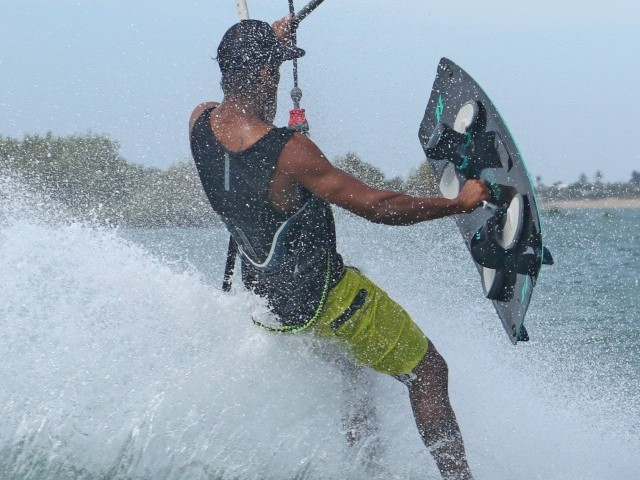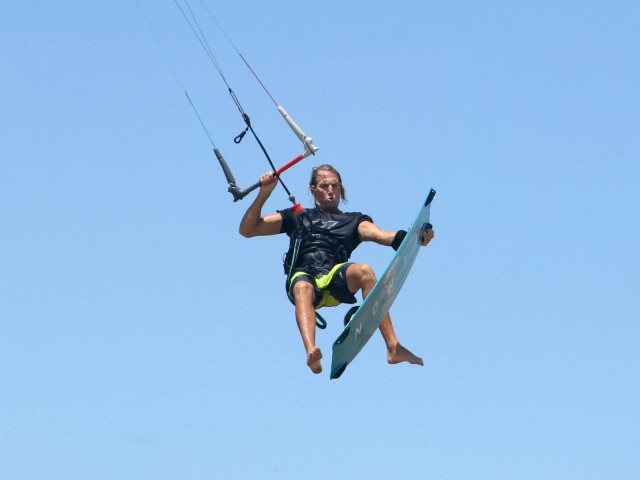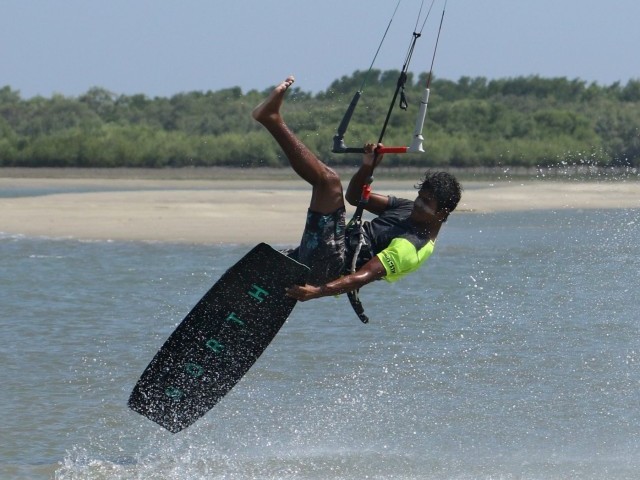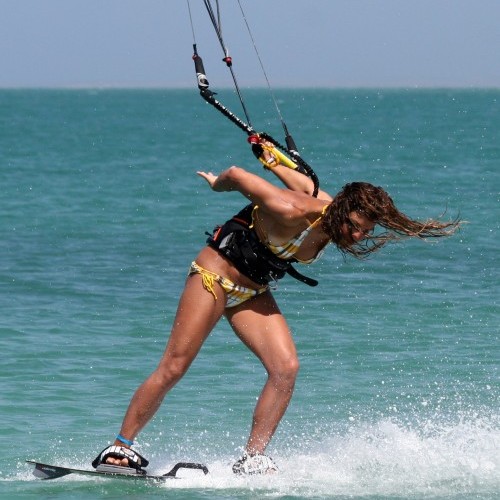
Front to Blind
Technique / Advanced
Front to Blind
Our front loop love bubble just would not be complete without adding the sublime blind landing and a cheeky surface pass out. Tricks to blind look phenomenal, feel sensational, and once you get the hang of landing blind, they’ll all start collecting in your box of tricks.
Having just taken you through the unhooked front, this is a natural progression for the more advanced among you, particularly those of you who have cracked the pop to blind and maybe the raley to blind. We would recommend at least getting the pop to blind nailed, as this will teach you how to pass the bar, for that see Issue 4.
The Knowledge
You’ll need to get this move sorted in you head before you go and play. In theory it is one and a half front rotations, but if you attack it like this it will be much harder to land. To get the control and therefore consistency out of this move you must consider it for what it is – a front loop, but then in preference to landing on a flat board off the wind as normal, you throw it to blind as in the slow mo Video 1. So although it looks oh so smooth and flowing, it is made up of two distinct parts.
Control
No matter what move you are attempting to blind, the key is having that move consistent, so that you know how much rotation, how much height and how much speed you will have. If you practice your popped front enough, it will eventually feel natural to the point of the landing always being predictable and anticipated. This way you will then be able to think ahead, seemingly giving yourself time, and get yourself ready for a blind reception.
Throwing it Late
Landing blind in most situations is all about “throwing it late”. That is to say you go for the twist to blind just before you land. If you try and go blind up in the air there is little chance of holding that position on the way down. The answer is to wait until you think it’s almost too late, and then go for it. As you can see this will be difficult without having the rotation that you expect.
Two Hands Are Better Than One
You may all want the style of Aaron and Dre but you’ll have to build up to that. If you’ve been practising your pop or raley to blind, you will have been using two hands to pull the bar in to initiate your blind. This gets the bar nearer to you, swings you towards the bar and in the front loop variant will stop you over-rotating. Admittedly doing it all one handed may look da bomb, but it’ll be much harder so get a grip.
In Pic A you can see Karine “throwing it”. She has pulled the bar towards her with both arms and has already twisted quite far around, but she is only just letting go with her back hand. She does need to let go, so that she can twist all the way, but waiting like this she won’t twist too soon, or too fast. Also if you technique is not perfect if you try and throw with just your front hand, the kite can quite easily pull you back around and kill your blind twist.
Twist and Shout
You’re final ticket to completing this move is getting your body around to face the right way once you’ve landed. This will give you balance as it will stop you edging against the kite on your toes and enable you to pass the bar, hmmm. In Pic B you can see how Karine has twisted her left hand around so that her thumb is pointing the way she is going. This turns her shoulders more, and lets her turn her head to look where she is going, which in turn puts weight onto her heels and slackens the kite lines as she steers down towards the kite. It also puts the bar in place for her to reach up and grab it.
Following the Sequence
- Pics 1, 2 & 3. As for a popped front loop Karine has carved hard against the kite to get enough height and time to rotate with her kite around 11 o’clock. She has exploded up off the water and has looked up and back with her head.
- Pics 4 & 5. Still looks strikingly like an unhooked pop front loop. Karine is rotating extended and is trying to get her head around to see where she’ll be landing. She’s also concentrating on not pulling on her back hand. If the kite goes too high, it’ll make the pass much harder.
- Pic 6. Karine is in the same position she would be for her front loop, she’s focusing on where she will land and is forcing her hands, the bar and the rest of her body around as if she were going for a downwind landing.
- Pic 7. Now it’s all change, Karine is on the way down and has decided that now is the time to throw it. If you look at Karine’s bar and hands, they are still travelling forward, however she has pulled the bar towards her and has twisted her hips, legs and board (her feet are there too) further. She has pulled her back leg up towards her bottom and will extend her front leg. This means that even if the board lands across the wind, it will pivot under her left foot and end up further off the wind. If both legs are straight she’ll just hit the water and stop.
- Pic 8. As she lands, her weight is on her left leg to allow the board to pivot further off the wind.
- Pic 9. Karine twists her hand and points her thumb in the direction she’s going.
- Pic 10. This allows her to turn her head and shoulders further.
- Pic 11. Which puts her weight on her heels, takes the tension off the lines, so she can bend over and get the bar nearer the small of her back.
- Pic 12. And allows her to pass the bar without any double-jointed contortionist skills. Sweet as nuts.
Top Tips
Whilst learning, try not to have too much speed, as landing really fast blind is a challenge in itself.
Flat water really does help.
If you are passing left to right (as Karine is) your leesh will need to be hanging on you left hand side going into the trick, and visa versa.
Popping up hard off a straight front leg will give you more of a drop landing with little tension on the lines. This makes the blind bit much easier.
This technique article was in Issue 9 of IKSURFMAG.
Related
By Christian and Karine
Christian and Karine have been working together as a coaching team, running improver to advanced kitesurfing clinics since 2003.





